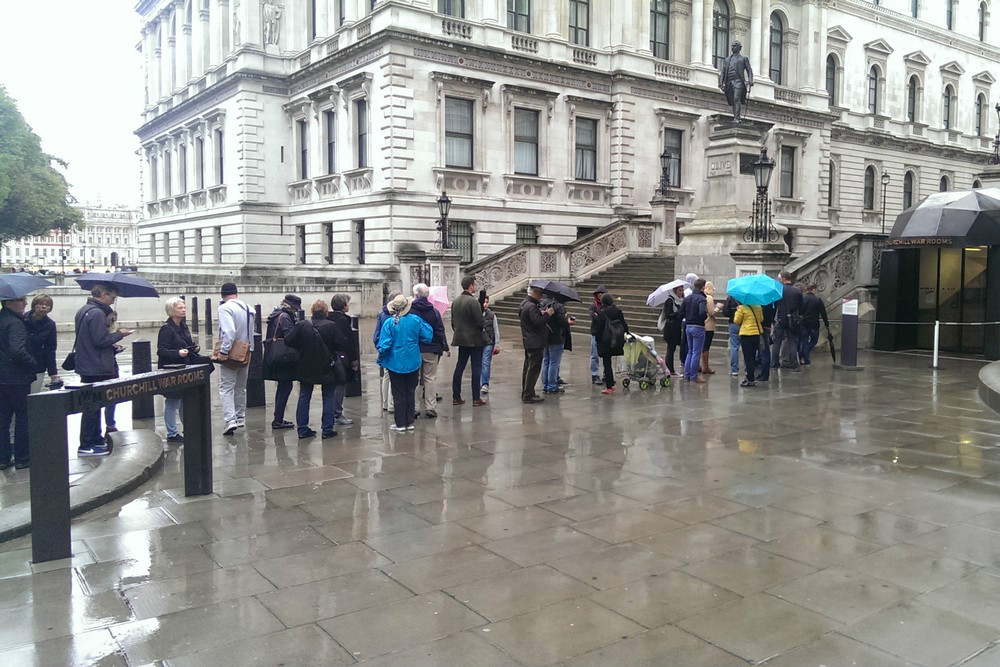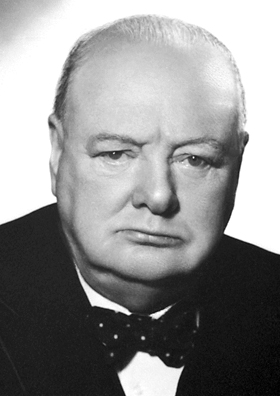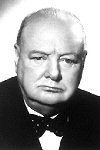Churchill Museum and Cabinet War Rooms
Introduction:
The Cabinet War Rooms are part of an underground complex that served as the residence of the British war-cabinet during World War two. In these rooms in the heart of London, the plans of the Allies were prepared under the leadership of the English Prime Minister Winston Churchill from 1940. Today it is a museum that you can and should visit.
Construction:
The British feared large-scale bombing of the capital London and were looking for a suitable underground location for a possible war parliament. In 1938, the basement of the Ministry of Finance in the heart of government in London was chosen. This building was the strongest of all buildings and they did not want to frighten the population by fleeing outside the city. The complex was ready for use a week before the official outbreak of the war in 1939.
During the German bombing of London (the so called Blitz), the walls were reinforced and expanded with sleeping quarters and extra office spaces. In the end, this temporary accommodation was used by the war cabinet for six years.
Usage:
After his appointment as Prime Minister in 1940, Winston Churchill used the Cabinet War Rooms as his office; from here he headed the war cabinet. Staff meetings with high-ranking soldiers in the map room provided a daily picture of the situation on the battlefield at the time. A direct line to US President Roosevelt was available from the communications room.
It was from Winston Churchill's bedroom that he gave some of his greatest and most famous speeches to keep the people of England from giving up.
Museum:
After the surrender of Japan in August 1945, the War Rooms lost their function. Three years later, the entire complex was declared a national monument. Only in 1981, when Prime Minister Margaret Thatcher decided that the rooms should be made more accessible to the public, did the existence of the rooms become known worldwide. Before that, few knew about the existence of the spaces underground in the centre of the capital.
Over the next three years, the complex was renovated and preserved in such a way that visitors got a clear picture of the complex and the people who worked there.
After an extension in 2003, the museum reopened in 2005 as the Churchill Museum and Cabinet War Rooms, with the extension dedicated to and exhibiting the work and life of Sir Winston Churchill. It has become part of the Imperial War Museum.
For current visiting hours, please visit the website of the museum.
Do you have more information about this location? Inform us!
Source
- Text: Cheapskatetravel.nl
- Photos: Lennard Bolijn (1), Jente de Roust (2, 3), Cheapskatetravel.nl (4, 5, 6, 7, 8)
Nearby
Museum
- Household Cavalry Museum - London
- London Scottish Regiment Museum - London
- Imperial War Museum London - London
Point of interest
Monument
- War Memorial Indian Office & Indian Store Depot - Westminster
- The Cenotaph - London
- Statue of Jan Smuts - Westminster
Cemetery
- Tomb of the Unknown Warrior in Westminster Abbey - London
- Graves Westminster Abbey - London
- Commonwealth War Grave Savoy Chapel - Westminster (London)
Remembrance Stone
Fortification
- Pillbox Clapham Junction - Battersea
- Pillbox Clapham Junction - Battersea
- Pillbox Clapham Junction - Battersea







